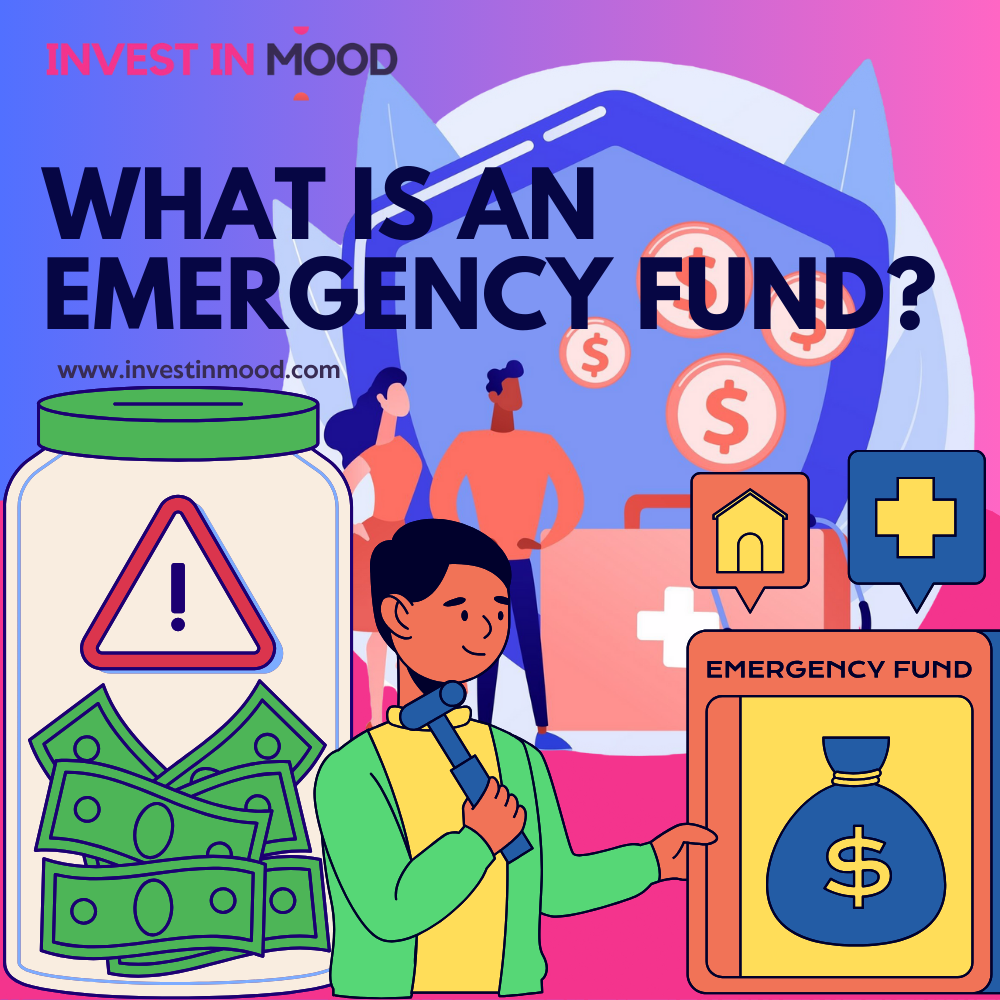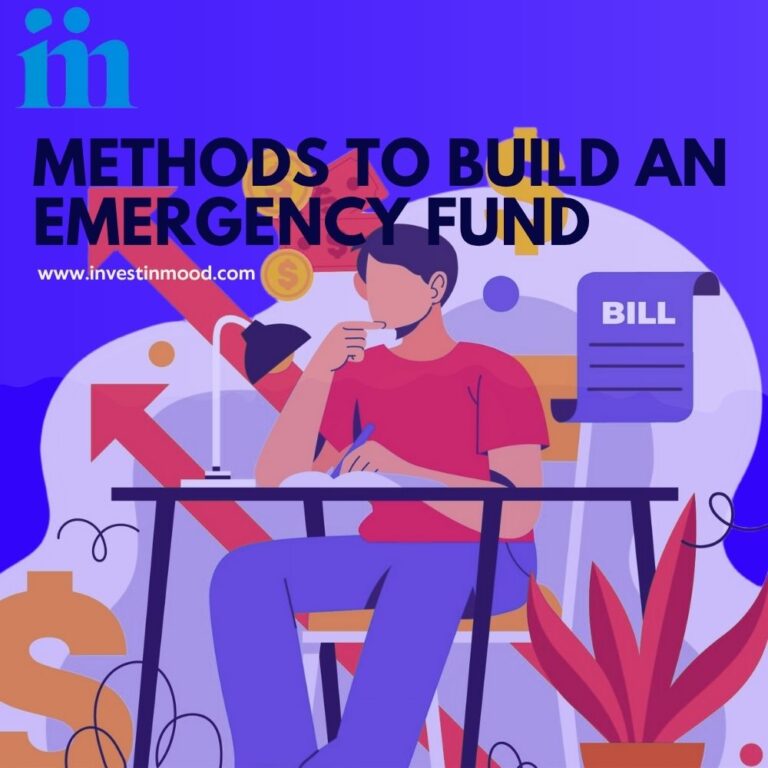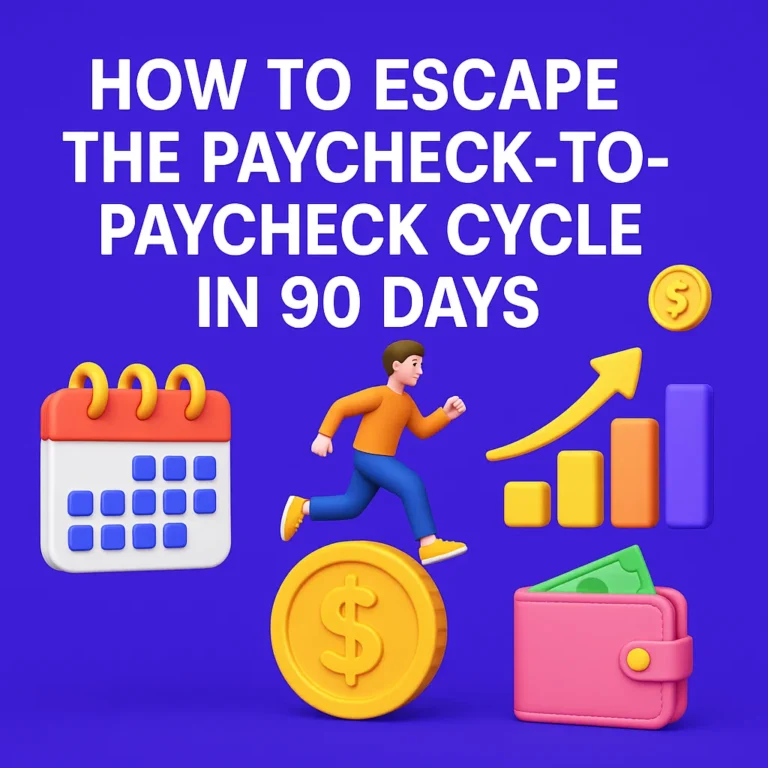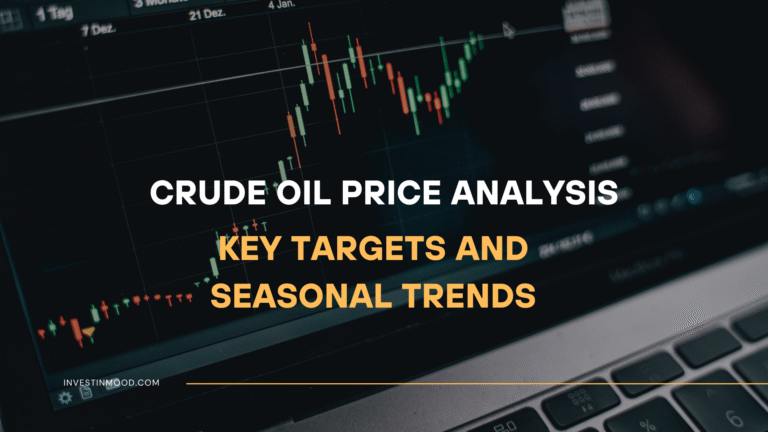
Image Source: [https://www.freepik.com]
Part of the Series: Saving Money Smarter
It is more important than ever to have economic protection in the uncertain universe of today. Surprising medical disasters, major auto fixes, or abrupt job loss are just a few examples of how life can throw us curve balls when we least expect them. Having an emergency fund is one of the top ways to protect yourself from these financial shocks. Everything you need to know about these resources will be covered in this in-depth steer, including where to keep your fund, how much you should set aside, and successful building plans.
KEY TAKEAWAYS
What Is an Emergency Fund
An emergency fund is a sum of funds arranged aside especially for unforeseen costs or urgent financial needs. This capital is meant to pay for urgent and essential costs that do not fit into your monthly spending plan. Having these funds gives you the economic flexibility to deal with unforeseen circumstances without using advance cards, loans, or long term retirement funds. The following are typical circumstances that may call for an emergency fund:
- Medical Disasters: These are unexpected condition issues that are either fully or partially covered by insurance.
- Job Loss: A fund can help you pay for living costs while you look for a new job if you lose your job suddenly.
- Repairs for Homes or Cars: Major, unforeseen fixes like a damaged car, a leaky roof, or a broken furnace.
- Family Disasters: Unpredictable costs for a trip, a loved one’s urgent medical attention, or other matters pertaining to the family.
This fund serves as a safety net for surprising expenditures rather than being used to pay for regular statements or luxuries.
Why Is an Emergency Fund Important
There are many important advantages to having an urgent fund:
- Financial Peace of Mind: The stress and anxiety that go along with life’s uncertainties can be reduced by recognizing that you own a safety net. It gives you a greater perception of economic regulation.
- Preventing Deficit: If you do not have a fund, you might rely on loans or borrowing cards, which can result in high interest deficit. You can pay for surprising costs with a fund without incurring a deficit.
- Flexibility in Hard Times: Having a fund lets you deal with difficult situations without making hasty economic conclusions, whether you are facing a condition of calamity, job loss, or other unforeseen setback.
- Avoiding Financial Setbacks: By keeping you from going into liability or exhausting your long term reserves or pension investment, an emergency fund serves as a safety net against economic catastrophe.
How Much Should You Set Aside in an Emergency Fund
Financial experts advise having three to six months’ worth of living costs saved in an emergency fund, though the exact amount you should set aside will depend on your unique condition. Here’s how to calculate how much you should set aside:
- Estimate Your Monthly Outgoings
- Determine how much funds you need each month to pay for your necessary living outgoings first.
- Rent or Mortgage Fees
- Utilities (electricity, gas, water)
- Groceries
- Transportation (gas, public transport, vehicle insurance)
- Insurance premiums (fitness, house, life)
- Minimum Deficit Settlements (Credit Cards, Loans)
- Any Other Non-Negotiable Costs
- Determine Your Risk Tolerance and Situation
Predictable Expenditures and A Steady Job: If you live in a reasonably priced area and own a steady job, three months’ worth of spending might be enough to contain any disasters.
Unstable Profit or Irregular Work: It is a good idea to aim for six months’ worth of spending or more if you work for yourself, hold inconsistent revenue, or are used in an industry that is prone to instability.
Dependents or High Expense of Living: You may want to set aside even more if you maintain a family to support or if you live in a high expense area.
Adjust Over Time
Depending on your life circumstances, the amount of your fund may fluctuate over time. You might need to change the amount you set aside in your urgent fund if your family grows, you obtain a house, or your living costs change.
Where Should Your Emergency Fund Be Stored
It is crucial that the wealth be kept in a low danger (protected from exchange fluctuations) and liquid (easy to access) location, even if you are keen to boost your urgent fund. The pursuing are some excellent choices for storing urgent funds:
1. High Yield Savings Account
Your urgent fund can develop gradually over time with a high yield reserves journal, which provides a higher interest rate than a regular reserves journal. These accounts are a reliable option for your emergency retirement fund because they are normally insured by the FDIC (in the US) up to $250,000. You can readily access your wealth, often without incurring any costs or penalties.
2. Money Market Account
Another excellent choice for an emergency retirement fund is a capital exchange journal. These are low threat and present interest on your balance, just like high yield reserves accounts. Even though they might have a higher minimum balance requirement than CDs (Certificates of Deposit), they usually extend easier access to your funds.
3. Short Term Certificate of Deposit (CD)
If you are willing to temporarily lock up your urgent fund, a CD might be a good choice. They are less liquid than capital markets or retirement fund accounts, though, because you will be penalized if you obtain wealth before the end of the term. They may be a good choice for more reserves that you do not need right away, but they are not the finest choice for sizable amounts of your urgent fund.
4. Cash or Cash Equivalents
A small amount of your urgent fund may occasionally be wise to keep on hand in cash, particularly for minor, urgent costs. But you should keep most of your capital in a ledger that gives you safety and a little interest on your asset allocation.
How to Build an Emergency Fund
Establishing an emergency fund can be intimidating, particularly if you are just starting out. The observing helpful actions will aid you in getting started:
- Arrange a Goal: Start by establishing an exact goal for your urgent fund, such as $5,000, $10,000, etc. If that seems too much to handle, divide it up into more manageable targets, like $1,000 increments.
- Start Small: If you have not established an urgent fund yet, try to start with $500 to $1,000. This reduced sum will give you confidence as you strive toward a bigger goal and can handle many common urgent situations.
- Automate Reserves: Configure recurring deposits into a reserves journal. Digitizing your reserves can support you steadily boost your fund over time, even if you start with modest sums.
- Reduce Non necessary Expenses: look over your monthly allocation and see if there are any non-crucial costs (memberships, eating out, impulsive shopping) that you can decrease back on or do away with to raise the amount of wealth in your urgent fund.
- Use Windfalls: Give unforeseen windfalls to your urgent fund, such as bonuses, tax refunds, or gifts. These can give you a huge boost and let you accomplish your goal more quickly.
- Avoid Temptation: It is important to dodge taking wealth out of your emergency fund for things that do not require it. Make sure to restock it as soon as you can if you do use it.
When Can Your Emergency Fund Be Used
You should not use your emergency fund for planned outgoings like house improvements, vacations, or new electronics; instead, you should use it for actual disasters. An urgent fund is for unforeseen and urgent needs, which is the main difference.
Your urgent fund can be used for the pursuing purposes, for example:
- Sudden, huge medical charges
- Temporary job loss or salary disruption
- Emergency house or car maintenance
- Unforeseen travel for family urgent situations
Ask yourself if something is both urgent and important if you are unsure if it counts as an emergency. It might not be an emergency if it is something you can expect or postpone.
Conclusion
One of the most important instruments for obtaining both economic security and serenity of mind is an urgent fund. It gives you protection from life’s unforeseen obstacles, enabling you to handle unforeseen costs without letting your economic goals go off course. By making a thorough schedule, saving regularly, and deciding where to keep your emergency fund, you can protect yourself from the financial strain of unforeseen circumstances. Whether you are just getting started or trying to grow your emergency fund, keep in mind that every dollar you set aside puts you one step closer to having more economic security.






